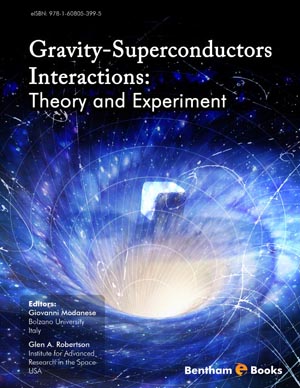Abstract
Experiments by Tajmar et al. and others, where various devices were placed in the vicinity of superconductors to measure force fields resembling gravitoelectromagnetism, are reviewed. In some of these experiments, an acceleration field, 21 orders of magnitude stronger than that predicted by the GEM theory, was observed during angular acceleration of a niobium ring. The accelerometers picked up the field only when the temperature was below the 9.5 K critical temperature. Ring gyroscopes, sensitive to rotation fields comparable to gravitomagnetism, showed effects with a variety of cold (< 20 K) materials, including niobium, aluminum, Teflon and helium. The effects have a parity asymmetry, showing up only with clockwise rotation in Austria and counter-clockwise rotation in New Zealand. The rotation field measured with niobium in Austria is comparable to the Sagnac field due to rotation of the earth. Neither the acceleration nor the rotation fields are explainable with current theories of quantum mechanics or general relativity. Future experiments in Austria involve a cryostat which can be oriented at various angles relative to the earth’s rotation axis.
Keywords: Gravitational forces, theories of gravitation, superconductors, high-Tc superconductors, low-Tc superconductors, laser gyroscope, general relativity, vacuum energy density, gravitomagnetism, gravity-like fields.













